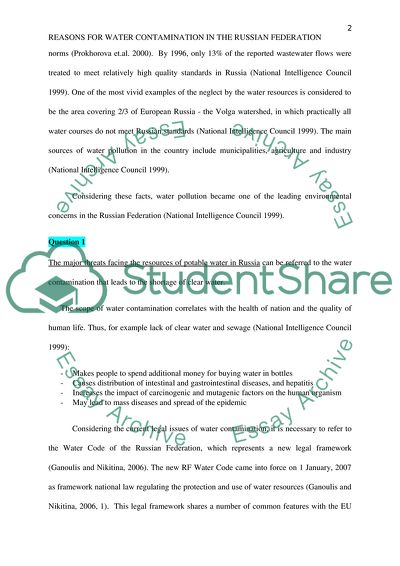Cite this document
(Reasons for Water Contamination in the Russian Federation Research Paper, n.d.)
Reasons for Water Contamination in the Russian Federation Research Paper. Retrieved from https://studentshare.org/environmental-studies/1744827-enviromental-managment
Reasons for Water Contamination in the Russian Federation Research Paper. Retrieved from https://studentshare.org/environmental-studies/1744827-enviromental-managment
(Reasons for Water Contamination in the Russian Federation Research Paper)
Reasons for Water Contamination in the Russian Federation Research Paper. https://studentshare.org/environmental-studies/1744827-enviromental-managment.
Reasons for Water Contamination in the Russian Federation Research Paper. https://studentshare.org/environmental-studies/1744827-enviromental-managment.
“Reasons for Water Contamination in the Russian Federation Research Paper”, n.d. https://studentshare.org/environmental-studies/1744827-enviromental-managment.


